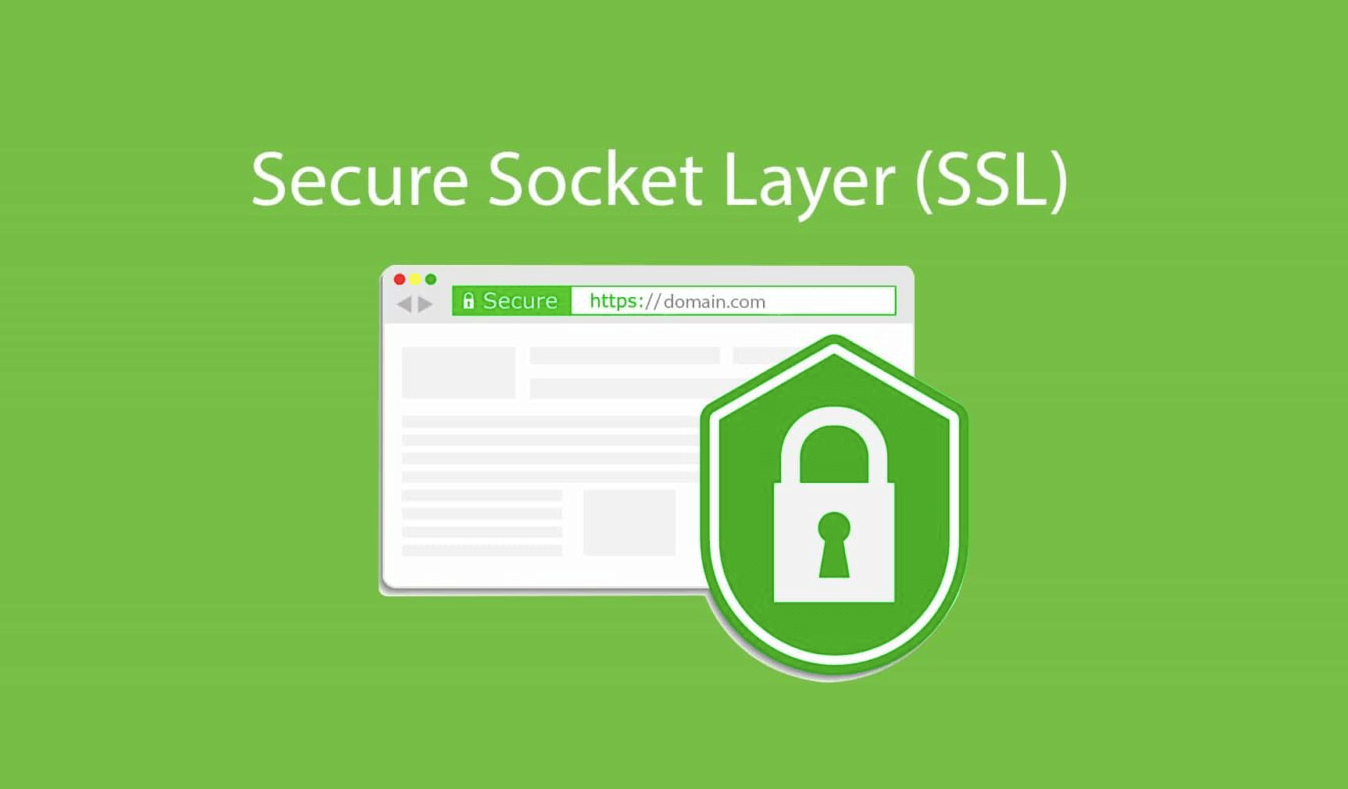Need to get an SSL for your site but can seem to figure out the difference between a Wildcard SSL certificate and Multidomain SSL? And what the heck do they mean by validation level? No sweat! This article will explain all and should help point you in the right direction of the best SSL for you.
First, let’s quickly go over what an SSL certificate does.
Table of Contents
What is an SSL?
Short for secure sockets layer, SSL certificates can be installed on your website’s server to create encrypted connections between your site and the browsers of whoever is visiting. This means that whatever data is sent over the connection, from passwords to credit card numbers, will be hidden from prying, malicious third parties. Today, it’s a security must-have. And it’s crucial to choose the right one. So let’s go through the different types so you can choose yours.
The 3 main SSL types
SSL types are essentially based on the number of sites you have. Then you need to think about the validation level, but we’ll talk about that later. So there are three SSL types, most of which are pretty self-explanatory.
Single-domain SSL
This SSL type secures one domain. If you just have one website and don’t have any plans to create more in the near future, this is your best bet.
Multi-domain SSL
As the name suggests, this SSL type secures multiple sites. Generally, 3-100. So if you have three or more domains, this is the one for you.
Wildcard SSL
This is the type that needs a little more explaining. A Wildcard SSL secures a primary domain and any subdomain of one level linked to it. So, if you had a site called example.com, it would also secure blog.example.com and store.example.com. The great thing is, it will automatically secure any new subdomain you create later, and there’s basically no limit to the number of subdomains you can secure, as long it’s linked to the main domain. So feel free to go wild!
Validation levels
Validation level is how extensively the issuing Certificate Authority (CA) will work to verify you or your company before getting you the SSL certificate. Generally, the more interactive your site (for example, if it’s an e-commerce store or you have forms or login pages), the higher the validation level you should go for. The higher the validation level, the more information about your company will be contained in the SSL itself. Users can read this before visiting your site, and it can bring great peace of mind. The three main validation levels are:
Domain validation
Also known as DV, this is the lowest validation level. The CA will simply check that you have access to the admin email of the website you’re looking to secure.
Organization validation
Also known as OV, this is a little more extensive than the previous level. With OV, the issuing CA will confirm both your access to the website and the existence of your organization.
Enterprise validation
The most extensive validation level, with EV, CAs will cross-check government records and call your company premises before issuing your SSL.
Wrap up
Once you break SSL certificates down into their different categories, choosing one for your site isn’t actually that complicated. Once you determine the number of domains and subdomains you have and the level of validation you need for your website type, it should be smooth sailing.

